Turning and Milling Machining
Turning and milling machining is an advanced machining process that combines the functions of CNC lathes and CNC milling machines. We have 21 advanced turning and milling machining equipment and a team of excellent engineers with manufacturing experience, capable of completing rough machining, precision machining, drilling, milling slots, and processing irregularly shaped products in one go. This is suitable for parts that require turning and milling operations, greatly improving machining efficiency.
Turning and milling machining has the following significant advantages:
1. Improves machining accuracy: Completing multiple processes in one clamping reduces positioning errors caused by multiple clampings, significantly improving the accuracy and geometric tolerance of parts.
2. Enhances machining efficiency: Eliminates the need to frequently transfer workpieces between different machines, saving clamping and transport time, and significantly shortening production cycles.
3. Outstanding ability to machine complex shapes: Capable of performing turning and milling operations simultaneously, easily handling parts with complex shapes and features, such as milling helical grooves on cylindrical surfaces and processing non-rotating surfaces.
4. Saves tooling costs: Reduces the number and design/manufacturing costs of special tooling fixtures.
5. Optimizes process routes: Makes processing steps more concentrated and coherent, simplifies process flows, and reduces the difficulty of process planning.
6. Improves surface quality: Avoids surface damage that may be caused by multiple clampings, benefiting better surface roughness.
7. Increases material utilization: Precision machining control helps reduce material waste.
8. Easy to achieve automation: Provides convenient conditions for automated production, helping to improve the degree and stability of production automation.
We can produce complex shaft parts, disk parts, irregular parts, high-precision parts, polyhedral parts, thin-wall parts, parts with spatial angle features, and parts suitable for batch production according to their processes.
Chongchang Mould not only provides high-quality parts processing but also excellent surface finish and post-processing services! Upload your 2D and 3D drawings, along with materials, surface treatment, and quantities.
Why do we engage in five-axis machining?
Because we need to adapt to market changes and better meet customer requirements, and having five-axis machining capabilities allows us to undertake more complex and high-end orders, and win more praise from customers.
Certificate
We advocate the corporate culture of "unity and collaboration, innovation and enterprising, integrity and responsibility, and pursuit of excellence".
5-axis machining service
This not only avoids the errors caused by multiple clamping, but also improves the machining accuracy and consistency of parts.
In addition, five-axis machining services can also meet the needs of industries with high requirements for part quality, such as aerospace, medical, robotics and other fields. By working with us, you will enjoy first-class service, high-quality products and fast delivery.
Therefore, we can easily deal with parts with complex free-form surfaces, deep cavities, thin walls and steep slopes. Breaking through the limitations of traditional three-axis machining also allows us to achieve high-precision machining of complex-shaped parts, and provide better surface finish and dimensional accuracy.
CommonMaterials
Various ceramic materials have different properties of mechanical, physical, and chemical, so not all ceramic materials are suitable for CNC machining.
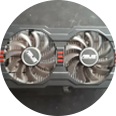

SUS200 series
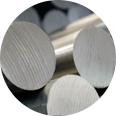

SUS300 series


SUS400 series
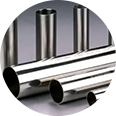

410
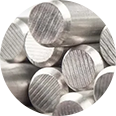

430
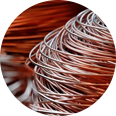

SQCC


SQCD
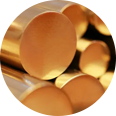

SACE
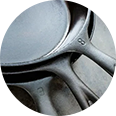

SPCC
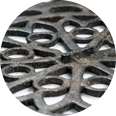

SECC
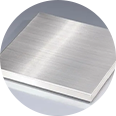

Al
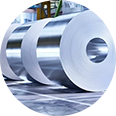

Tinplate
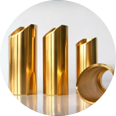

Brass
There are various methods of bending sheet metal
We attach great importance to customers' needs for product quality and rapid production
Air Bending
Bottoming
Folding
Erasing
Spinning Bending
Mesh Bend
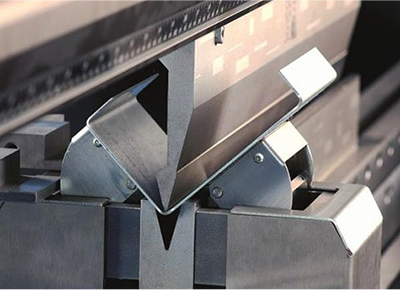
Air Bending
This uses two dies, an upper die (also called a punch) and a bottom die. The bottom die has a V-shaped opening, and the punch forces the metal sheet into the bottom die. Thus air bending is not as precise as other methods.
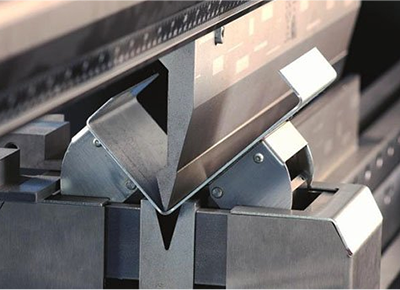
Bottoming
In this method, the metal sheet is pressed onto the face of the die by the punch. The metal then takes up the final angle, the same as the angle of the die. The optimum width of the V-die opening is 6 times the material thickness for a sheet of about 3 mm thick, and 12 times the material thickness for a 12 mm thick sheet.
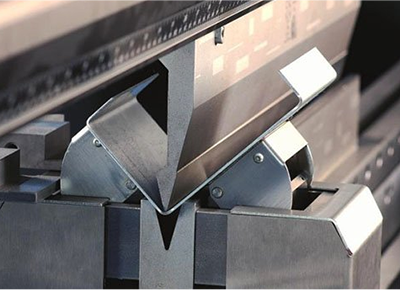
Folding
A clamp beam is used to hold the longer edge of the metal. The beam is free to rise, and bends the sheet around the bending contour. Both negative and positive bending angles are possible.
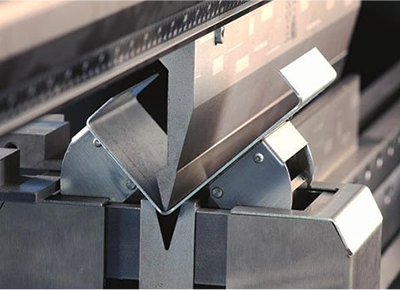
Erasing
The long edge of the sheet is clamped, and the tool moves up and down, bending the metal around the bending contour. Erasing is relatively faster than folding, but has a higher tendency to produce scratches or damage the sheet.
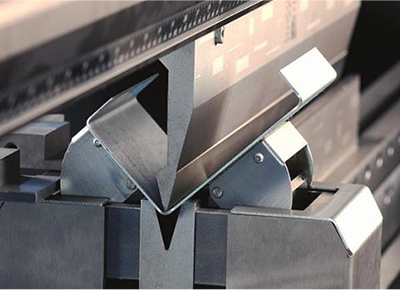
Spinning Bending
The upper die is made of a cylinder that can rotate freely. The final shape of the bend is cut into it, along with a matching bottom die. As the roller contacts the paper, it rotates. This process causes the sheet to bend.
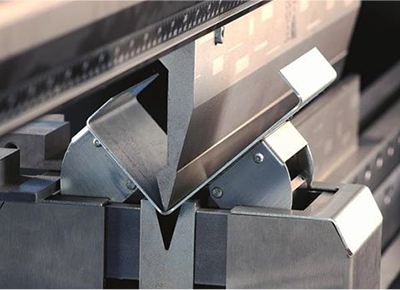
Mesh Bend
An offset bend, two opposing bends are each less than 90 degrees, a neutral web separates the opposing bends.
Our Business Partners
CHONCHAM Technology
Upload your 2D and 3D drawings, surface treatment, and quantities, and contact us
We can ensure efficient production cycles and stable product quality. At the same time, our experienced technical team perfectly cooperates with these advanced devices to customize the most optimized machining solution according to the specific requirements of customers, improving production efficiency and ensuring product excellence.
Contact Us
Tel.: +86 135 1008 0302
E-mail: rapid@cchmold.com
Business Address: 2301, Block A, building 2, Sihai Yunchuang Building, Houting community, Shajing Street, Bao'an District, Shenzhen City
Factory Address: West Block, Building 8, No. 74, East Zhenzhen Road, Chang 'an, Dongguan City

